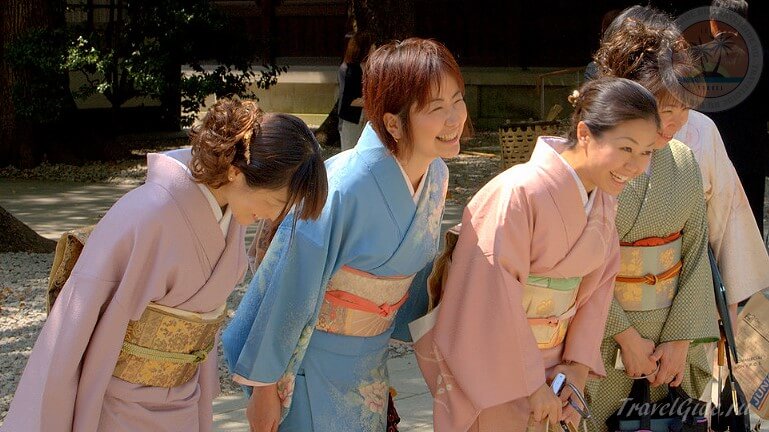
Is it true that the Japanese don't like handshakes?
DFor those who first arrived in the Land of Cherry Blossoms, the question often arises of how to greet a Japanese when they meet. Would it be appropriate to offer to exchange a simple traditional European handshake with a stranger. Perhaps you should somehow bow, because the Japanese seem to bow when they meet?
European handshake in Japan
The custom of shaking hands came into Japan from the west. At the very beginning, it was difficult for the Japanese to shake hands with foreigners, as they were more accustomed to the traditional ways of greetings, which came from belonging to a certain class.
In addition, the Japanese feudal system did not allow the exchange of greetings between a man and a woman in a friendly manner. This fully explains why in those days shaking hands with a woman seemed inappropriate.
Nowadays, the Japanese, especially those who travel frequently, feel completely natural when shaking hands. Meanwhile, in everyday life, the Japanese do not shake hands often.
It must be said that the Japanese, in their attitude to the handshake and, in general, to various contact gestures, in principle, are not at all alone. The vast majority of Asian peoples hold similar views. Remember at least the Thais with their greeting “Wai”.
In a word, without knowing the attitude of a particular resident of the Land of the Rising Sun to such familiar “procedures”, you should not rush with warm handshakes, and even more so rush to a meeting with open arms.
How to bow properly in Japan?
What follows is not a guide to action and not an instruction on how to bow when meeting with a resident of Japan, but simply an aid in learning this traditional greeting from the Land of the Rising Sun.
Basic option, is to tilt the upper body, standing face to face with the one to whom you bow. The angle of the bow depends on the degree of relationship between you and the specific situation.
Women usually bow by holding or pressing their hands folded in front of them. If a woman was sitting on a chair or in an armchair before, she rises to bow. If they had previously sat on the floor or on the tatami on a special cushion called a zabuton, she would step off the cushion without rising, gently lower her hands in front of her and bow.
During the bow, greetings corresponding to this situation in linguistic terms are also pronounced.
Remember one golden rule from Travelgide.ru: if in doubt how to greet someone, then simply and calmly offer to shake hands, as you usually do.
In any case, remember one important nuance. If you are not familiar with the cultural characteristics of the traditional forms of greeting in any unfamiliar country, you run the risk of appearing somewhere between ignorance and indulgence by trying to portray something similar.


